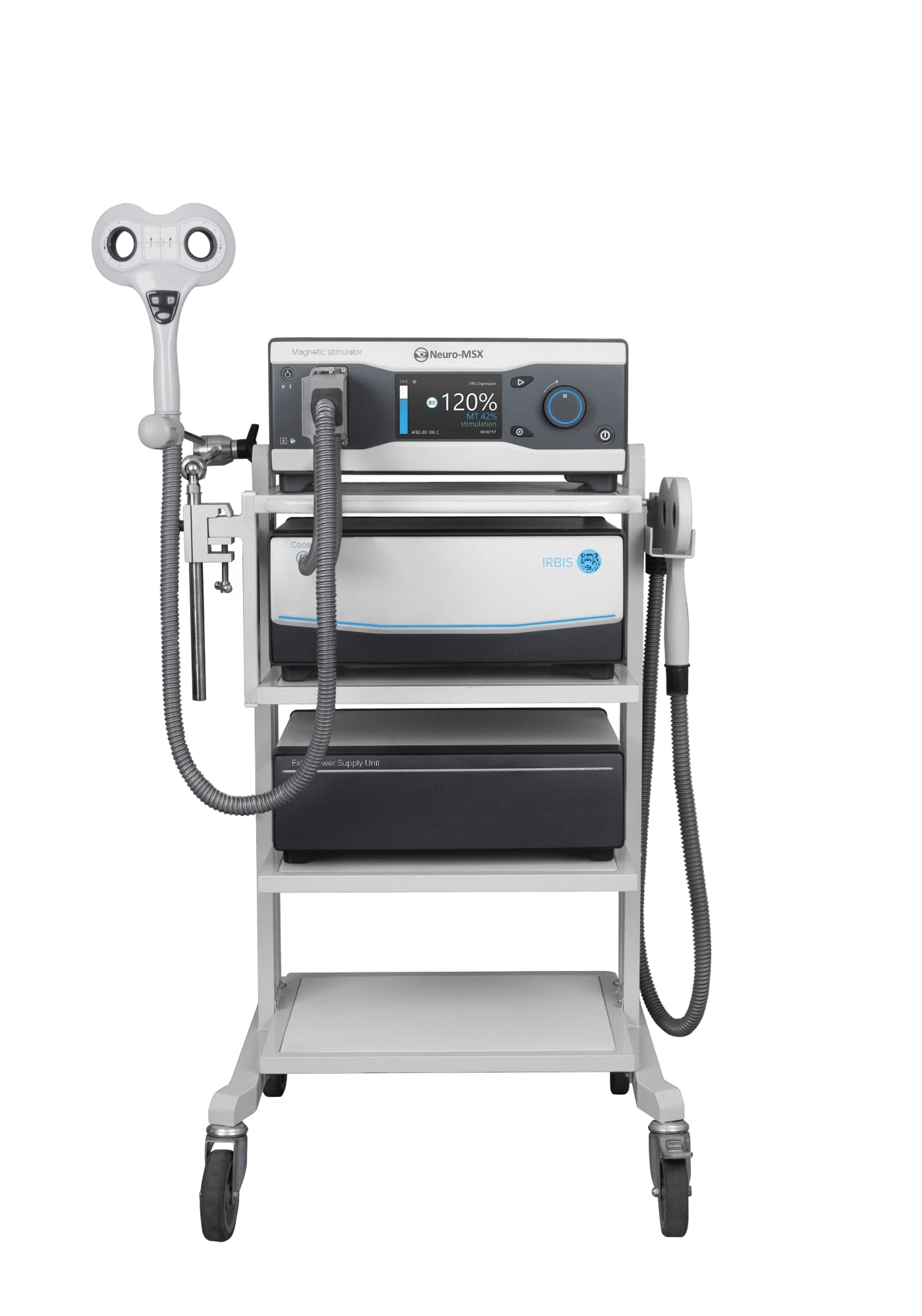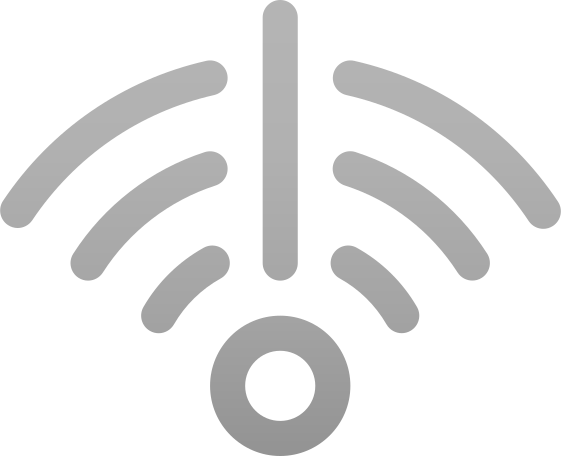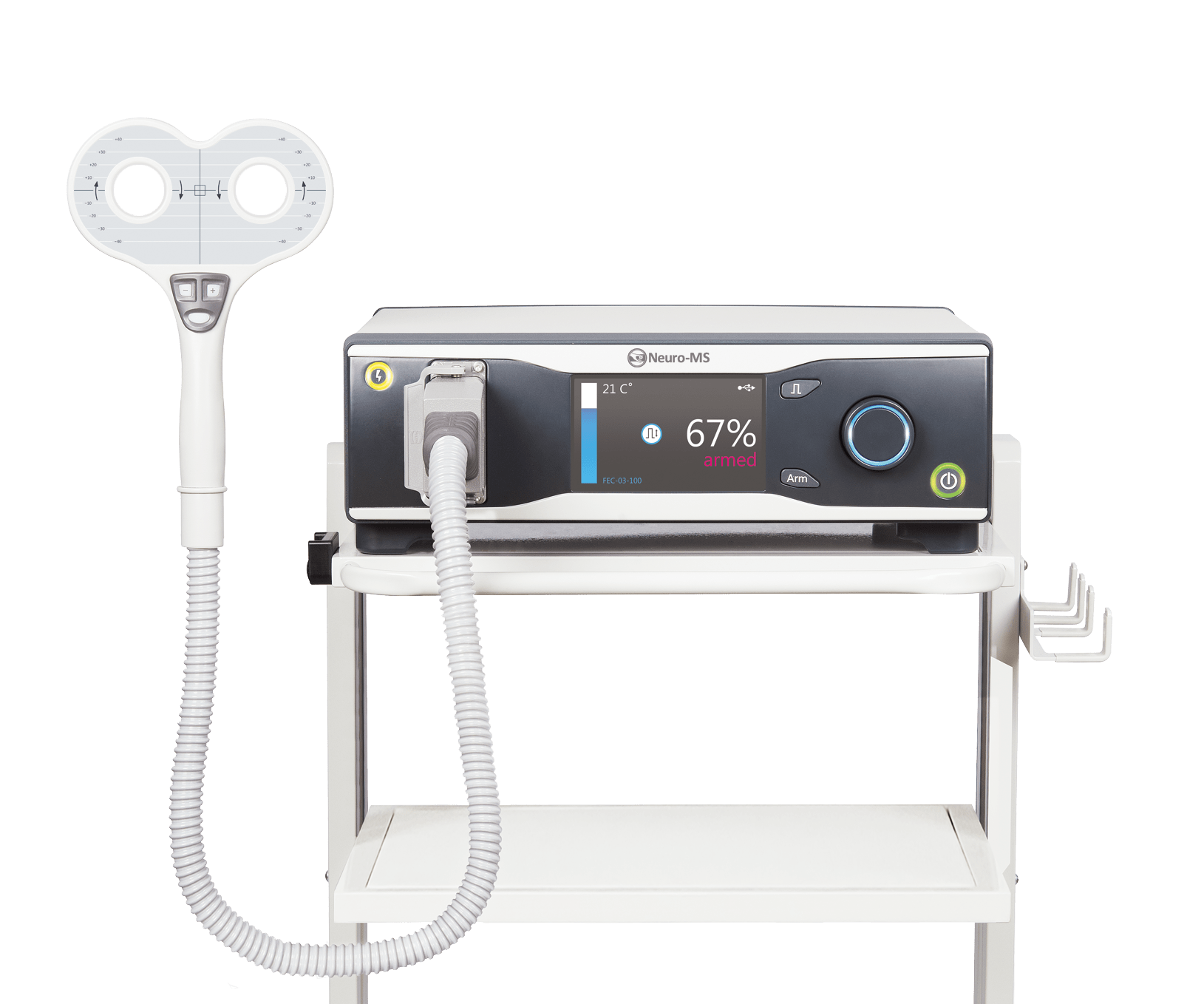Neuro-MSX
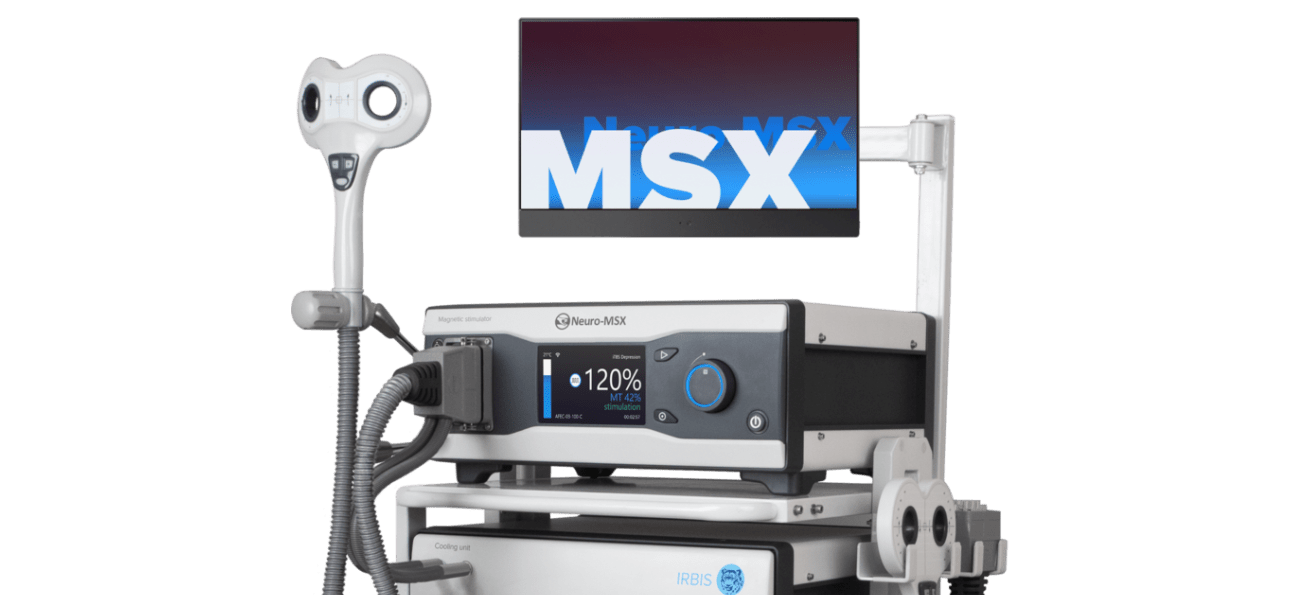
Presentation of Neuro-MSX
The principle of therapeutic magnetic stimulation is based on the use of short duration magnetic pulses. The induced high intensity electromagnetic field easily penetrates through clothing, skull bones and soft tissue. It has an impact on deep nerves, peripheral nerves, brain and spinal cord inaccessible to other types of stimulation.
Compared to electrical stimulation, magnetic stimulation does not cause painful sensations that usually occur due to the activation of skin receptors under the electrode and does not require additional preparation time.
Today, TMS is successfully used in :
- psychiatry: depression, post-traumatic stress disorder, schizophrenia, obsessive-compulsive disorder, anxiety, addiction;
- neurology: rehabilitation after a stroke, spasticity, pain, migraine, Parkinson’s disease, tinnitus, dystonia, essential tremors, Tourette’s syndrome, amyotrophic lateral sclerosis, multiple sclerosis, epilepsy, Alzheimer’s disease;
- Pediatrics: autism spectrum disorders, functional neurological disorders, Tourette’s syndrome, attention deficit hyperactivity disorder, mental retardation (including speech delay).
Stimulation frequency up to 100Hz
The main unit of the Neuro-MSX magnetic stimulator allows stimulation at a frequency of up to 100 Hz while peak induction is provided at a frequency of 13-15 Hz. The additional power supply unit allows the stimulation frequency to be increased to 25-30 Hz, at which peak induction is achieved, and the system provides 60% intensity at a frequency of only 50 Hz.
This is clinically important because when using our stimulators, the motor threshold in most patients is 45% MSO and lower even for the lower limbs. This means that these patients can be stimulated with a frequency up to 50 Hz and with TBS protocols without any stimulus decay.
New generation of cooled coils
The repetitive magnetic stimulation typically performed during TMS therapy involves thousands of pulses being delivered during the treatment session. This can lead to overheating of the coil and explains the need to use cooled coils.
Thanks to the revolutionary cooling system implemented in our coils, you can forget about overheating during any treatment and a variety of coil shapes will allow you to achieve positive results in each individual case.
Flexible software for smooth performance
The supplied Neuro-MS. NET software allows you to keep the patient database, manage treatment sessions and detect the motor threshold. You can perform stimulation using the predefined protocols, customize those available or create your own.
The advanced therapeutic configuration of the Neuro-MSX includes a high frequency protocol – up to 100 Hz of frequency and a theta-burst stimulation protocol – up to 2000 Hz!
The algorithms implemented allow for the treatment of depression, Parkinson’s disease, stroke, tinnitus and other conditions.
Configuration options that suit you best
We have designed two Neuro-MSX advanced therapy configuration options that include:
– a conventional cooling unit for robust daily operation or
– High performance Irbis cooling unit for operation in rooms with higher ambient temperature, higher intensity and higher frequency.
In addition, for clinics with low patient throughput and that do not use maximum intensity and frequency pacing protocols, we have created a cost-effective Slim configuration. It includes all 3 units, but uses a conventional cooling system, second generation coils and does not include any computer or software.
Features of Neuro-MSX
| Types | |
|---|---|
| Fonctionnalités |
Produit certifié ISO
Neuromed est certifié ISO 9001 & ISO 13485vous garantissant fiabilité et qualité de nos services
100Hz
La plus haute fréquence jamais atteinte par nos appareils de rTMSNouvelle génération
de bobines refroidiesPerformances + fluides
Avec notre solution logicielle gratuiteConfiguration personnalisable
Unité de refroidissementconventionnelle ou à haute performance

